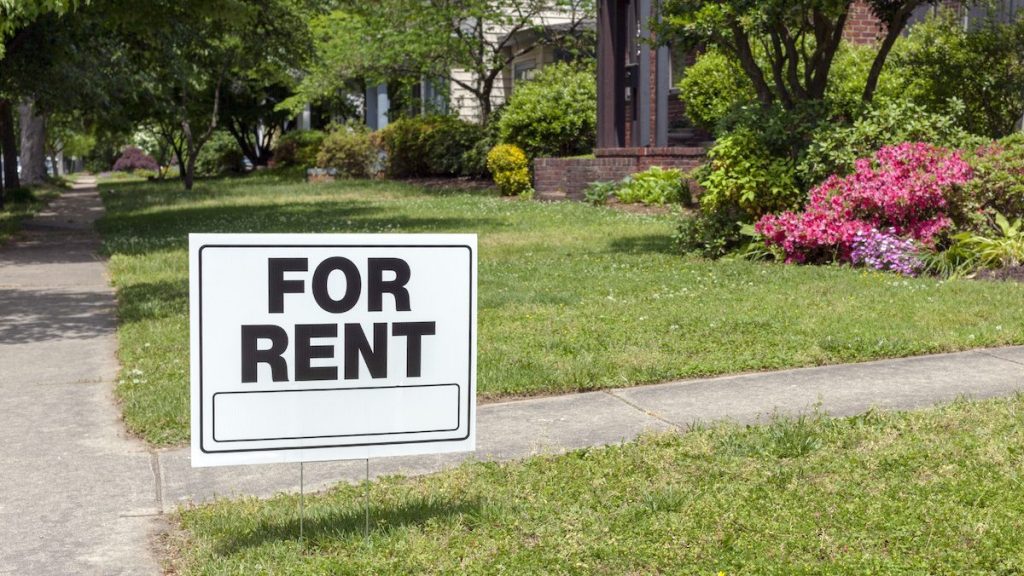Tenant turnover happens when the current tenants move out of a rental property and the property is now vacant and it needs to be prepared for new tenants to move in. Turnover is one of the most costly aspects of the property management business, with the average turnover costing more than two thousand dollars. It can wreak havoc on your profits and negatively affect your vacancy rate especially if it happens frequently. Just imagine tenants moving out several times a year!
It can even prevent you from selling your investment property because potential buyers don’t want to deal with the hassle of constantly finding new tenants. They may also wonder what’s wrong with the property if tenants keep moving out. This can then lead to them looking more closely at property inspection reports and wanting to negotiate a lower sales price if they still want to purchase the property. Basically, it’s a domino effect that you don’t want to endure.
Every landlord or property manager deals with tenant turnover whether they own one condo, a slew of single-family homes, multiple apartment complexes, or even commercial buildings. Tenant turnover happens in rural areas, the suburbs, and in cities. It doesn’t matter if you own luxury buildings or slightly run-down houses. Tenant turnover usually accounts for a large portion of operating expenses and it can be a nightmare for landlords and property managers and even other tenants in the building.
Tenant turnover means that not only is your unit vacant, but now it needs to be cleaned, possibly painted, and costly repairs may be in order. You went from having a paying tenant proving cash flow to now having a unit that is costing you both time and money.
Some examples of costs related to tenant turnover include:
- Cleaning the unit
- Getting rid of trash and junk
- Changing the locks
- Painting the property inside and possibly outside
- Replacing appliances
- Sprucing up the landscaping
- Deferred maintenance
- Advertising the unit
- Screening applicants
- Showing the property
- Lease signings
- Paying a Realtor and/or property manager
- Increased insurance costs if the property remains vacant
Now that we know that turnover is costing us money and time, let’s see why tenant turnover happens and how we can try to prevent it in the future.
Reasons for Tenant Turnover
Tenants leave a property for a variety of reasons and some of those reasons like job relocations, family emergencies, moving to better neighborhoods, and educational opportunities can’t be helped. However, there are other reasons for turnovers that you may be able to prevent if the right steps are taken.
If your turnover rate is high due to unresolved maintenance issues, unanswered complaints, dirty common areas, disruptive fellow tenants, lax building rules or constant rent increases then you can most likely fix the problems by using the right set of property management tools.
Multiple property management software systems include a host of tools to help you with everything from tenant turnover, to tenant screening, to bookkeeping, and maintenance requests. Using a cloud-based rental management tool helps you receive payments and rental applications online, and advertise your properties.
Marketing Your Listings
Don’t worry if you can’t see a way around increasing the rent and your tenant decides to leave because most rental management tools help you advertise, market, and list your property for rent. With TenantCloud, for instance, you can create and include photos of your listing, a property description, and other information helpful to potential tenants. It can also include multiple listings so if a tenant can’t afford one or wants a different amenity they have easily accessible options. You can even receive tour schedules, listing inquiries, and questions online. Accept rental applications and application fees online as well.
Prevent Tenant Turnover Before it Happens
Like we previously mentioned, turnover happens for a plethora of reasons, some of which are out of your control. However, if you screen the tenant before renting to them, you may be able to prevent a high turnover rate, lost rent, and/or damaged property. Screening tenants is one of the most important parts of being a landlord. It’s also quite complex because you have to abide by privacy and data regulations. You’re also dealing with someone’s sensitive and private information which needs to be handled carefully and respectfully.
Before selecting a screening service, ensure it includes:
- Extra security measures
- Flexible payments where the tenant or landlord can pay for the screening process
- Identity validation for tenants
- Reliable data delivered in accordance with the FCRA
- Both a background and credit check, plus a National Eviction Records search
Wrapping it Up
Turnover is a huge expense for landlords and property managers across the world. In fact, it’s one of the largest operating expenses in the industry and can even be the difference between a profitable piece of real estate and one that is underperforming or considered to be problematic. A good landlord will do their best to prevent tenant turnover as much as possible.
For more information on TenantCloud, click here.




